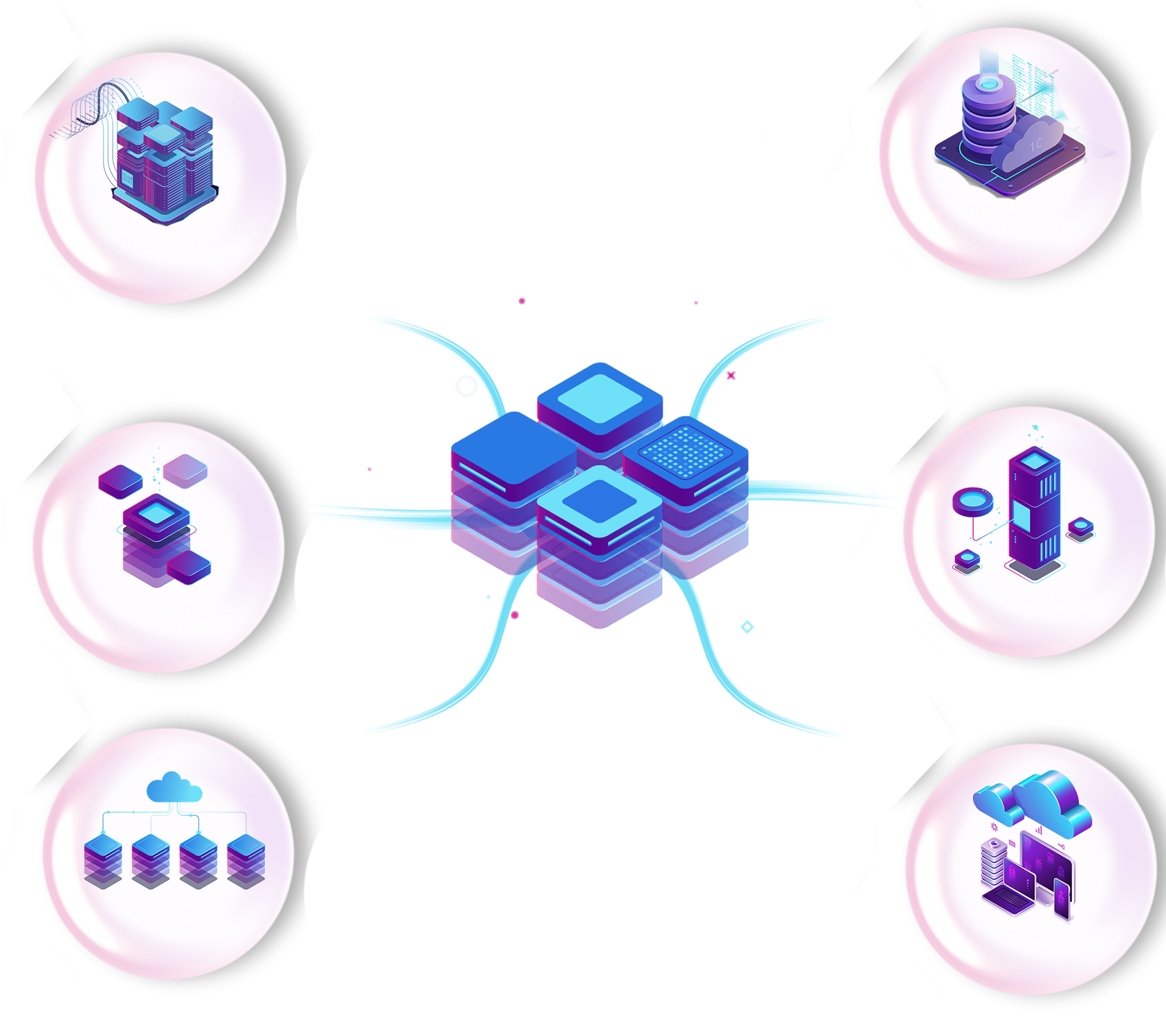Cloud backup is a service in which the remote server stores backup for the data and applications for the business. Cloud backup for business works by copying and maintaining your server's files to a server in a distinct physical location. Depending on the intention, a company can back up some or all server files.
Clients generally back up and restore their data and apps utilizing a web browser or a service provider's control panel.

Enterprises can adopt different backup, data loss prevention, and data recovery models in their infrastructure approach. Imperial DevOps provides the following backup services.
Using online cloud backup systems in a business, the company might own the off-site server if it hosts its remote cloud service.

AWS Backup is a fully organized backup service that creates it easy to concentrate and automate data backup across AWS services in the Cloud and on-premises using the AWS Storage Gateway. Using AWS Backup, you can centrally configure backup guidelines and scrutinize backup activity for AWS resources, such as
AWS Backup automates and consolidates backup assignments previously performed service-by-service, thus by removes the need to construct custom scripts and manual techniques.


Backup is making extra copies of data. You back up data to protect it. You should restore backup data if you encounter database corruption, accidental deletion, or a problem with a software upgrade. On the other hand, disaster recovery refers to the plan and processes for quickly reestablishing access to applications, data, and IT resources after an outage. That plan might concern switching over to a repetitious set of servers and storage systems until your immediate data center is available again.

Managed backup and disaster recovery (DR) service to protect workloads running in Google Cloud and on-premises by backing them up to Google Cloud.
Based on the quantity of time it takes to recover, the amount of data to be lost, and recovering automatic offloading tasks, it has the following key terms.


The Cloud Readiness Assessment is a phase in which your company studies its resources and IT environment to resolve if it can migrate to the Cloud.

Solution Designing creates customized blueprints based on the AWS Well-Architected Framework and prebuilt them based on the reference architectures.

Investing in the Cloud or companies that run, supply, or have business models on the internet is essential to consider the business model and growth potential.

Migration planning is the essential first step in a successful data migration project to determine, prepare, extract, convert, and transfer data of the proper form and quality.

A proof of concept focuses on the viability of a project, so you can decide whether your idea is worth pursuing and what might be required to bring the vision to realization.

Live migration lets Google Cloud performs maintenance without interrupting a workload, rebooting a VM, or modifying any of the VM's properties.

Cloud Optimization and Migration provide an objective third-party strategy and toolset for designing the classic business case for moving app workloads to a business cloud.

Data backup is reproducing files to be stored at a selected location. Data recovery is a system that allows restore those files following a disaster.

Designing and documenting the future state of your application is a crucial success factor, and it is an opportunity to optimize the application even in cases where the architecture is not anticipated to change.
Organizations today require a unified information architecture – for information management and analytics, that enables it to leverage all types of data, can address a range of analytics needs, as situations demand, to satisfy business needs. Organizations today require a unified information architecture – for information management and analytics, that enables it to leverage all types of data, can address a range of analytics needs, as situations demand, to satisfy business needs.

Imperial cloud service and data center providers are full-fledged consultants in AWS cloud migration, development, and optimization.